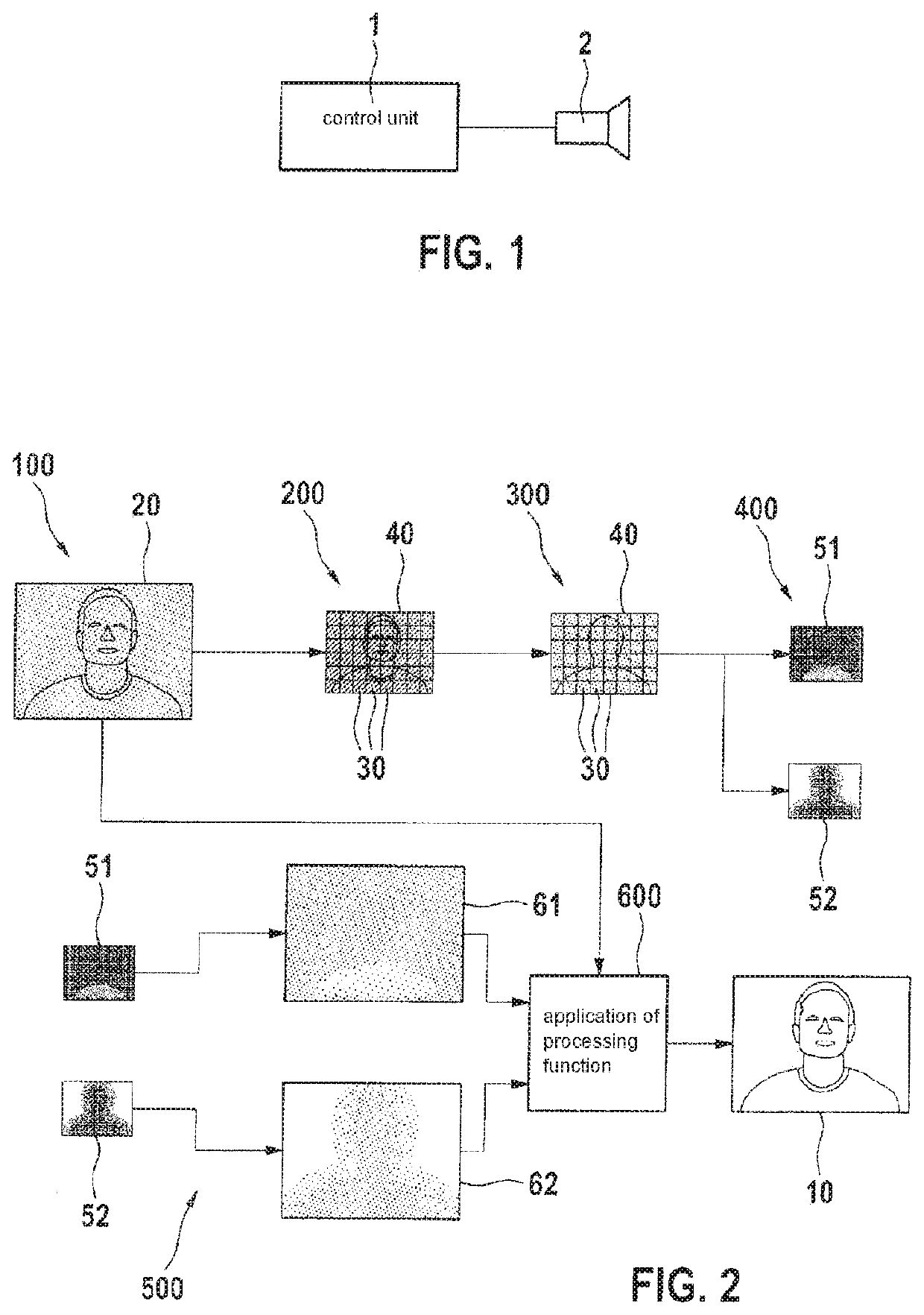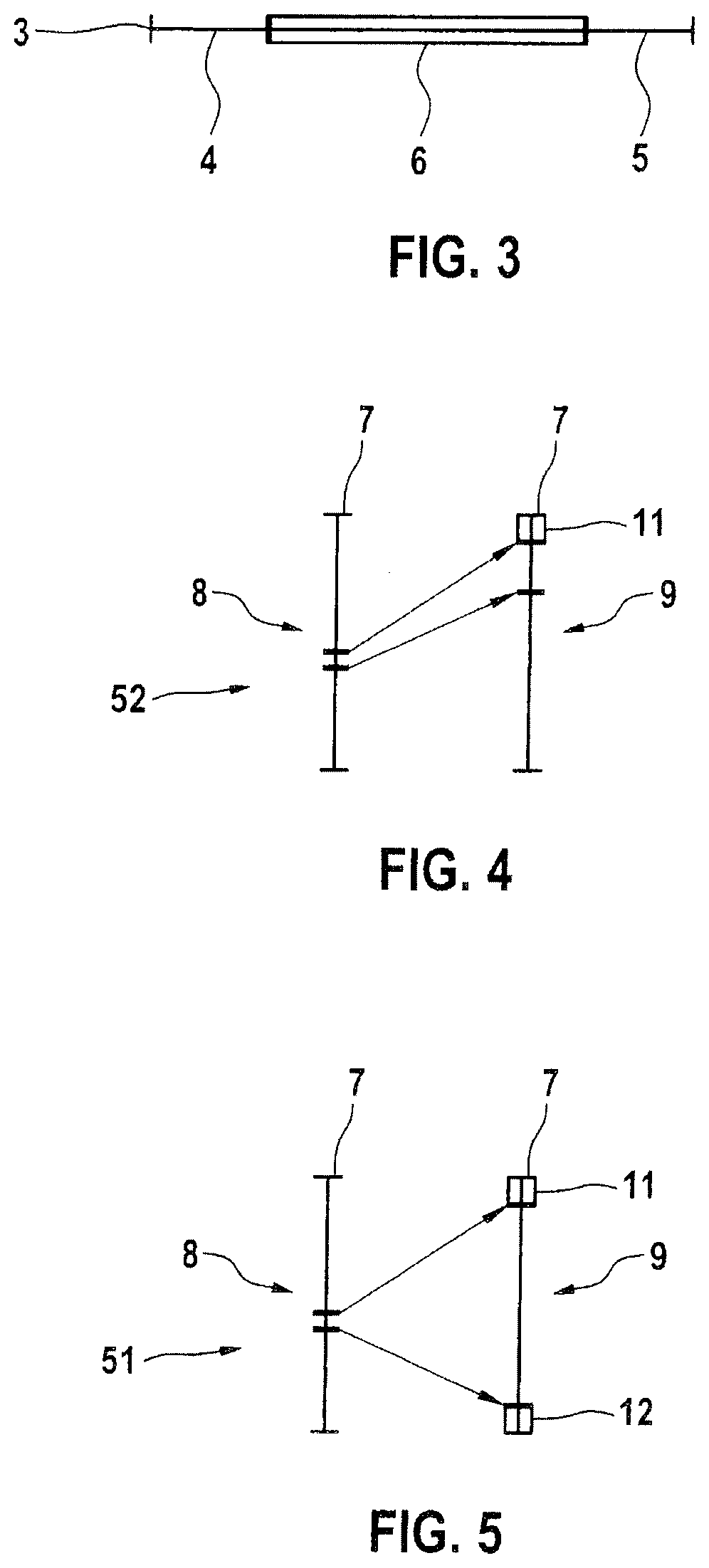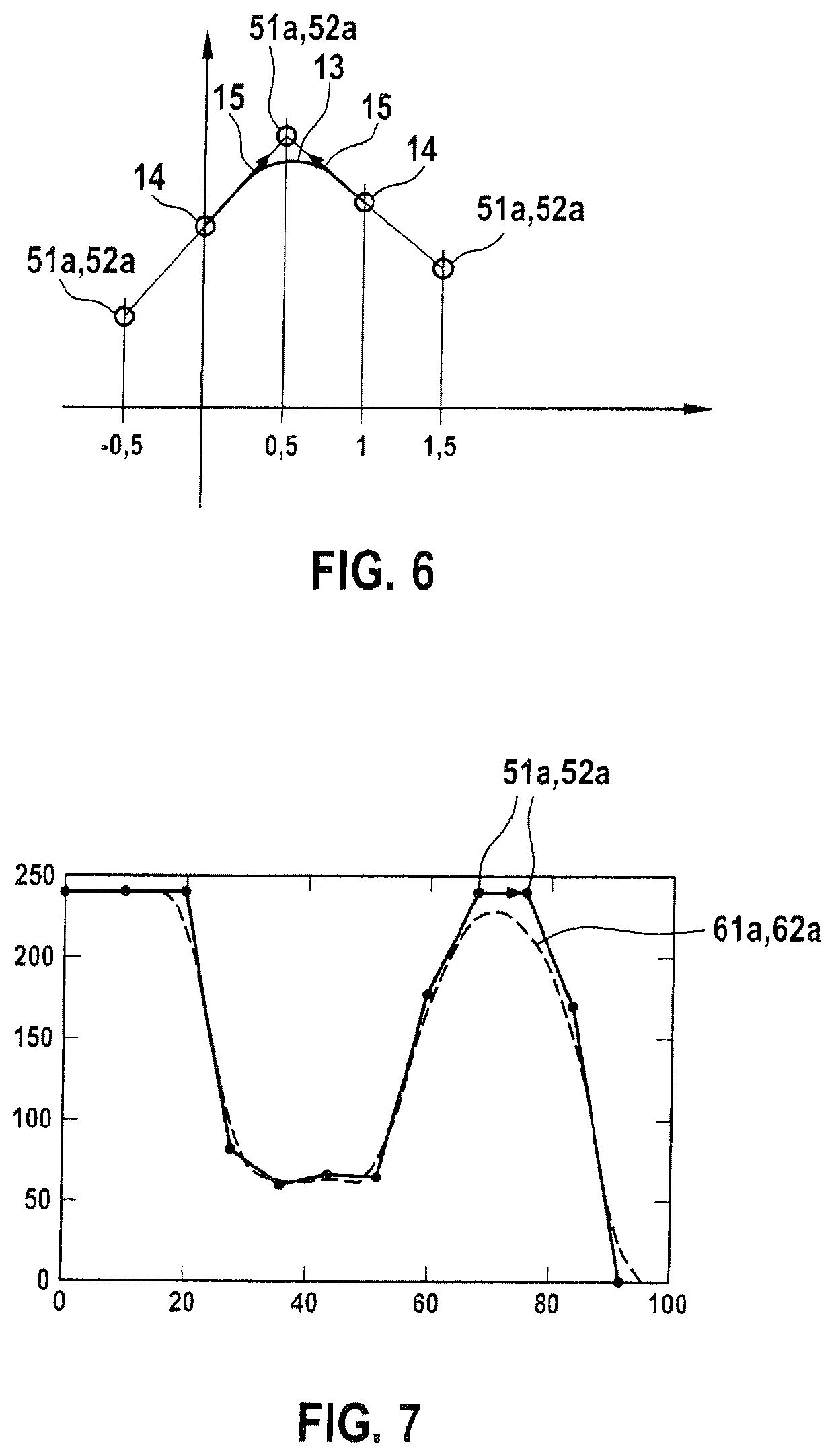Brightness and contrast optimization of images in real time
a technology of brightness and contrast optimization and image, applied in the field of recording images, can solve the problems of inability to apply the above-mentioned optimization methods, all these technologies are not usually present, and algorithms and methods require considerable computing resources in order to process images in real time, so as to maximize the brightness of the block, maximize the brightness, and optimize the effect of contras
- Summary
- Abstract
- Description
- Claims
- Application Information
AI Technical Summary
Benefits of technology
Problems solved by technology
Method used
Image
Examples
Embodiment Construction
[0030]FIG. 1 schematically shows an example system for carrying out an example method according to one exemplary embodiment of the present invention. The system includes a control unit 1 and a sensor 2. The method described below is preferably implementable on control unit 1. The method is used to record and optimize images in real time. A sequence map of the method is schematically depicted in FIG. 2.
[0031]An area of the surroundings is initially detected 100 using sensor 2. In the process, a map 20 is produced, which has a predefined number of pixels, each of which indicates brightness values. Each pixel carries, in particular, an 8 bit value, which represents the aforementioned brightness. For example, the map 20 may have a resolution of 752×640 pixels.
[0032]Map 20 is subdivided into blocks 30 having a predefined first size. The predefined first size corresponds, in particular, to a size that includes individual image features, which are to remain present in any case, even after ...
PUM
 Login to View More
Login to View More Abstract
Description
Claims
Application Information
 Login to View More
Login to View More - R&D
- Intellectual Property
- Life Sciences
- Materials
- Tech Scout
- Unparalleled Data Quality
- Higher Quality Content
- 60% Fewer Hallucinations
Browse by: Latest US Patents, China's latest patents, Technical Efficacy Thesaurus, Application Domain, Technology Topic, Popular Technical Reports.
© 2025 PatSnap. All rights reserved.Legal|Privacy policy|Modern Slavery Act Transparency Statement|Sitemap|About US| Contact US: help@patsnap.com



